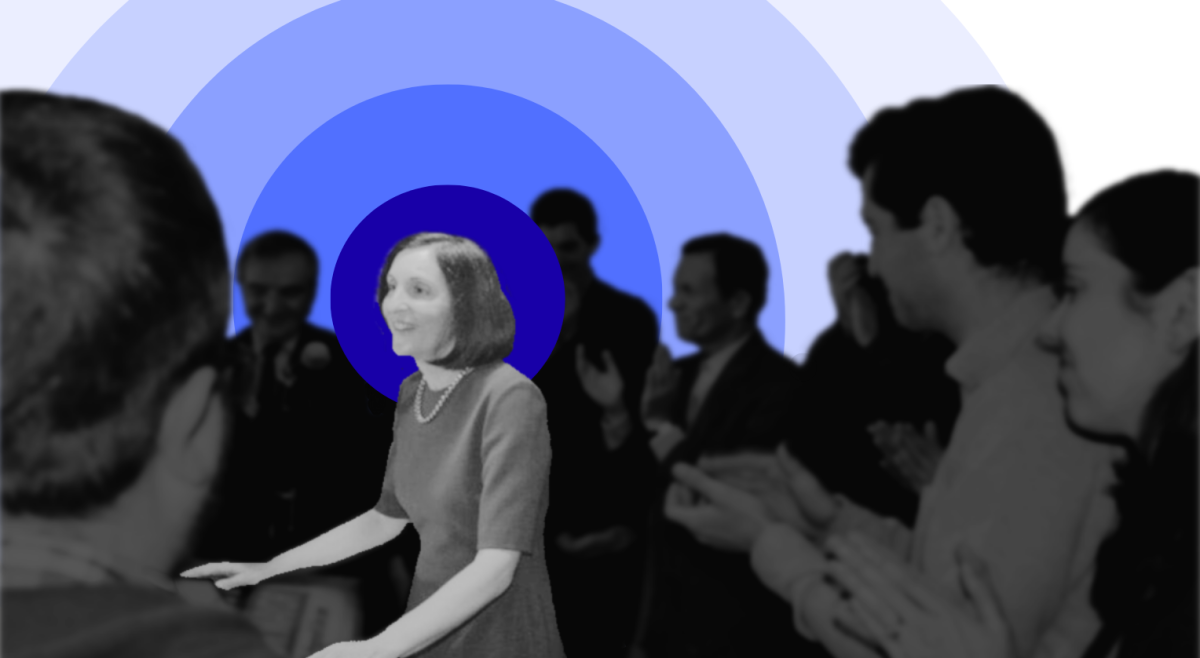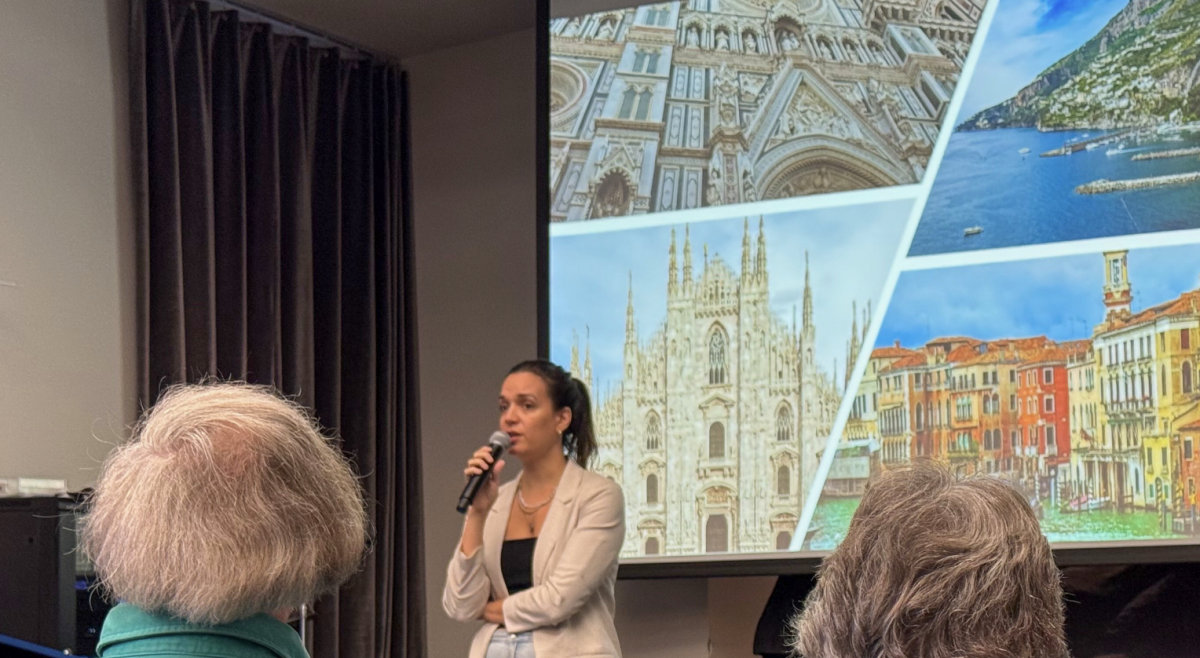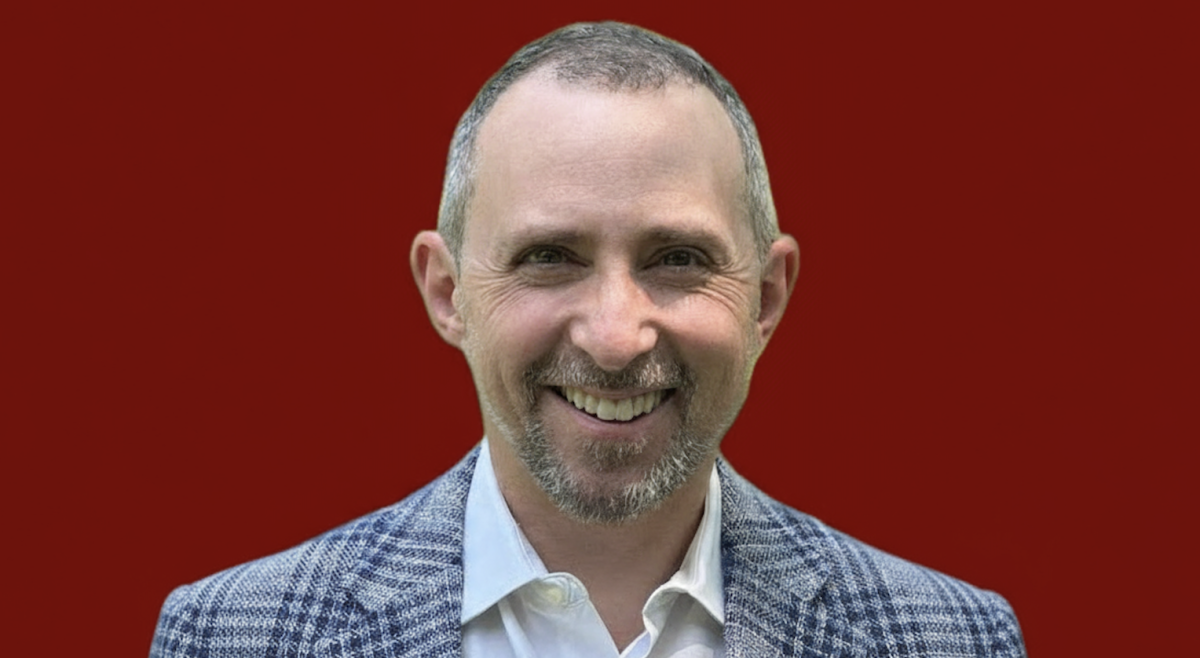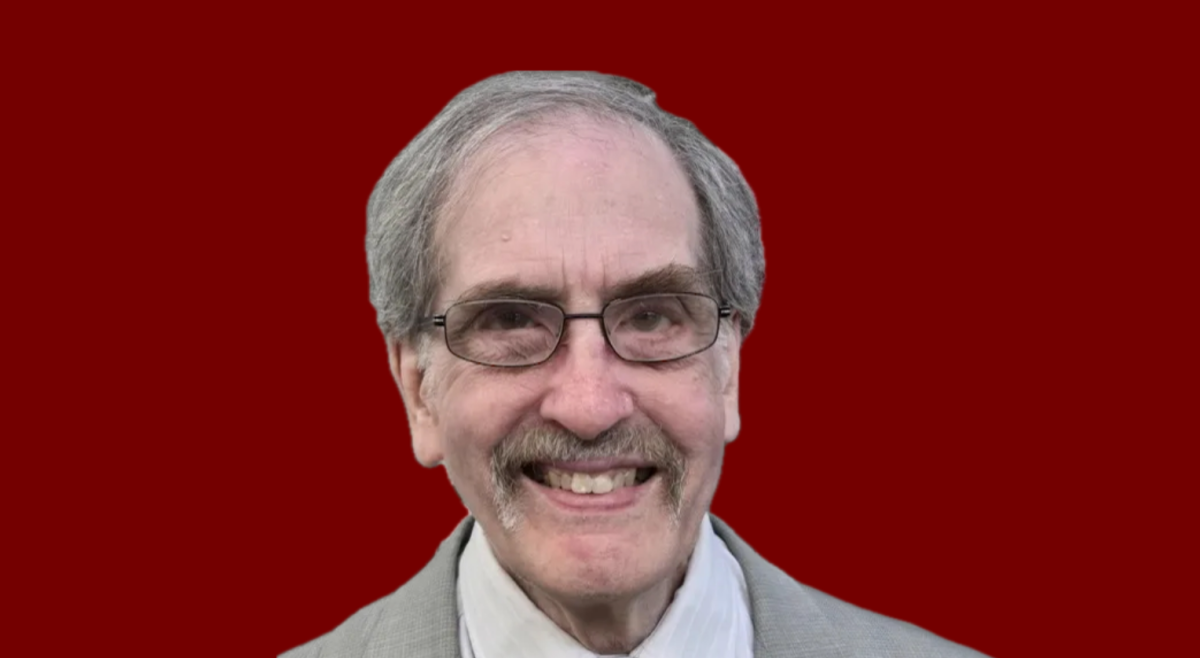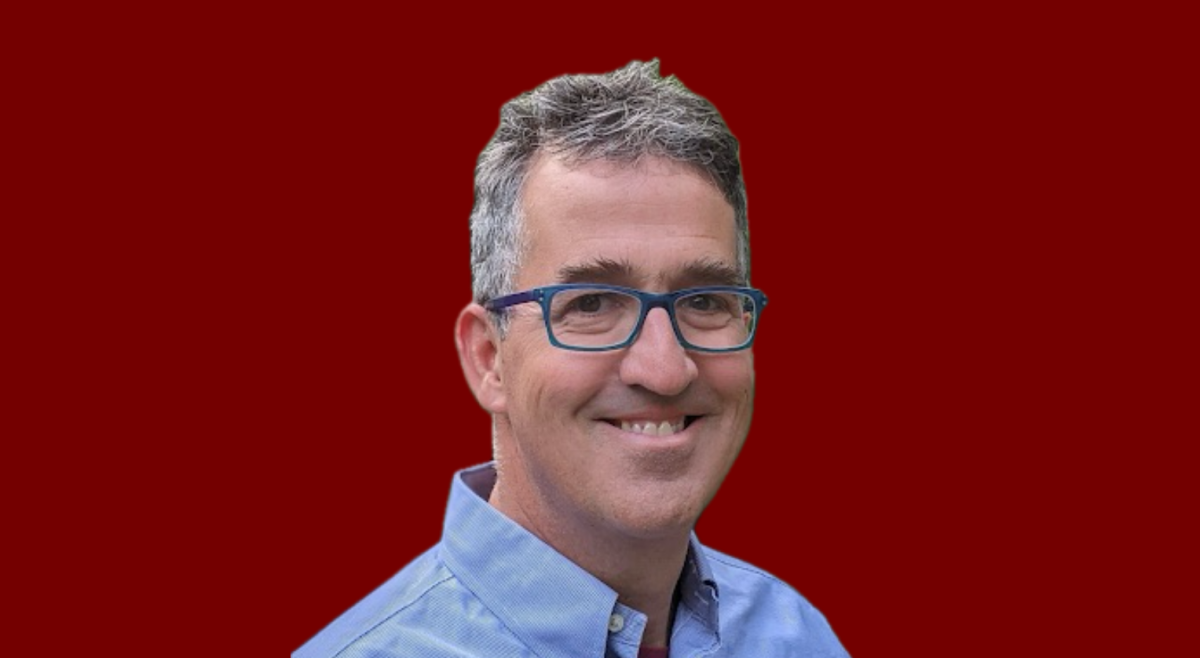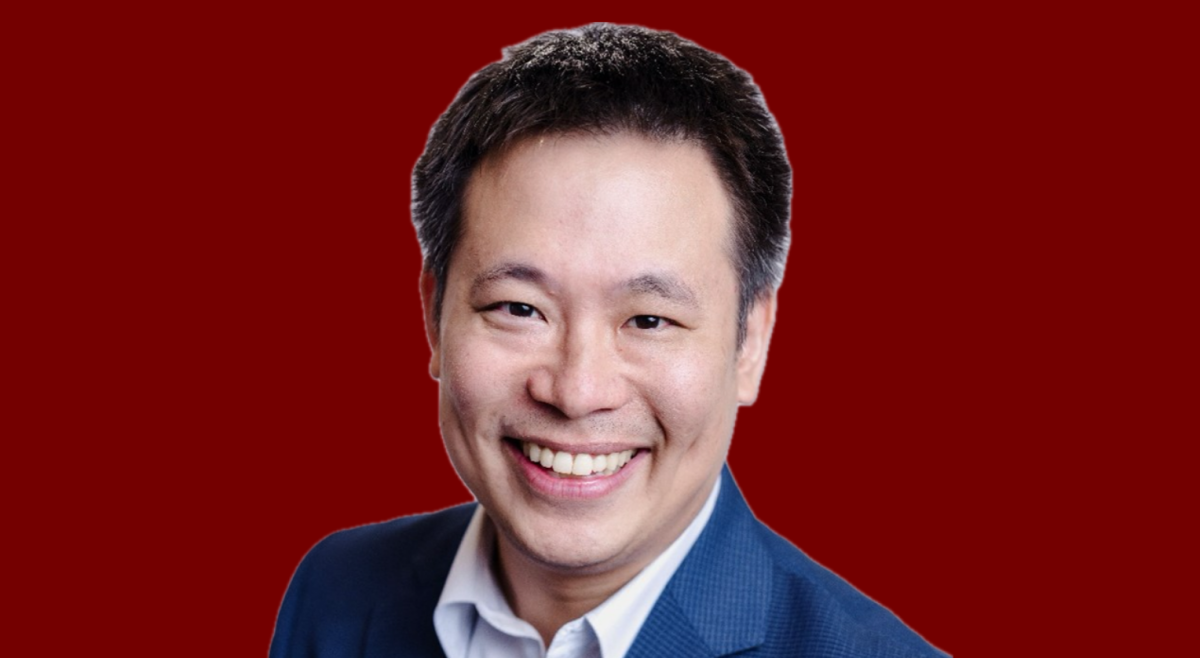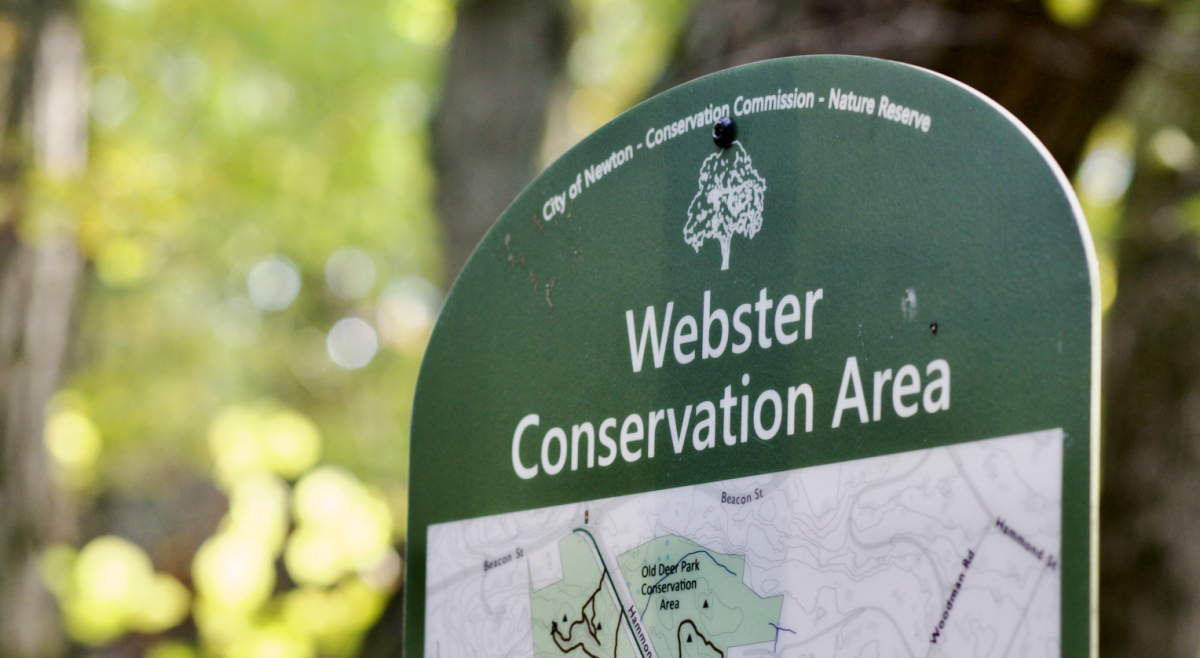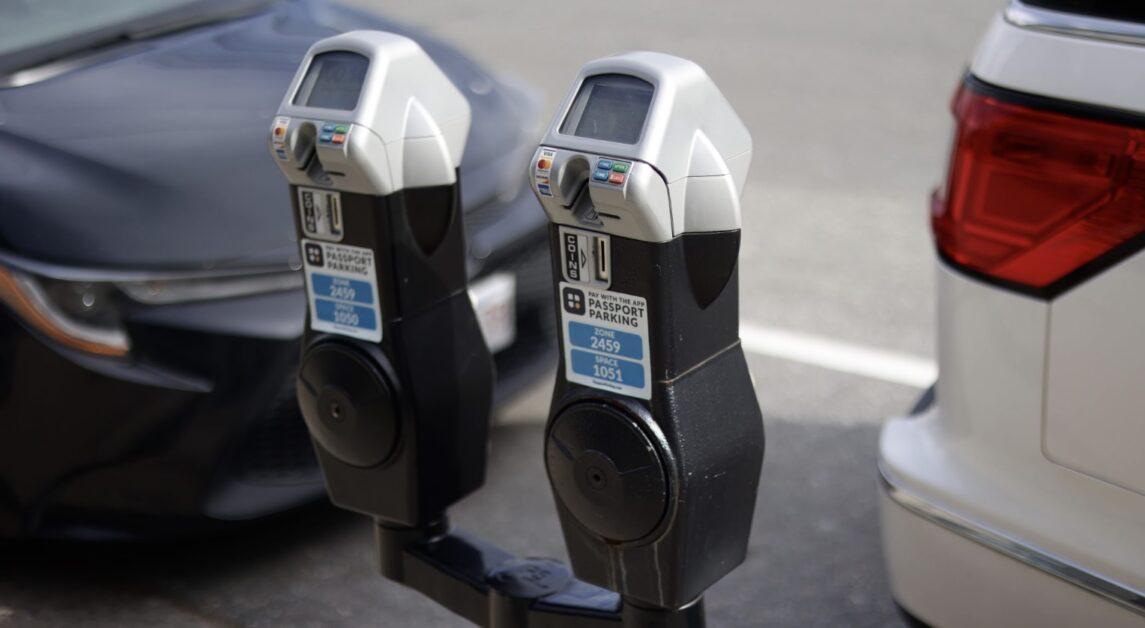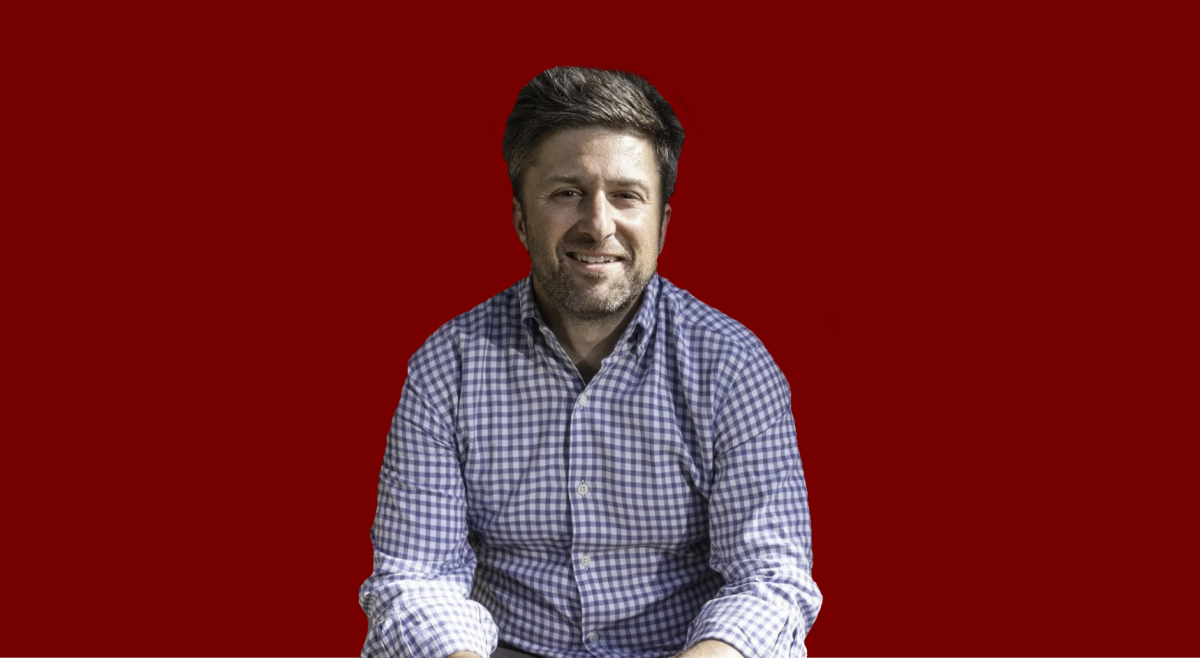One might imagine that the biggest challenge an artist faces is finding inspiration, but in Boston, that challenge might just be finding space. Musicians need rehearsal rooms, painters need studios, and performance artists need practice stages—just to name a few.
And although this roadblock might seem surprisingly practical, in a vibrant city like Boston, where rent continues to rise and the demand for living and working spaces increases proportionally, it happens to be one that artists of all disciplines face together.
But with the launch of their Alternative Space Project, Boston City officials hope to confront the issue head on in an effort to make Boston a city where artists can find the support—and the space—to continue innovating and creating.
The Alternative Space Program aims to connect artists with local businesses and institutions that might have a little extra room—maybe enough to fit a trio of musicians, or perhaps a painter or two.
The project falls under the umbrella of the Boston Creates initiative, a 10-year city planning process from the Mayor’s Office of Arts and Culture. With Boston Creates, Boston officials hope to revitalize the city’s creative and cultural sector, outlining five goals that will make Boston a more hospitable environment for artists and preserve important cultural traditions within the city, as well as continue attracting new artistic minds to Boston.
While outlining the Boston Creates plan, Boston artists brought many specific issues to the forefront of officials’ attention, and, as the Office of Arts and Culture’s director of planning and policy Kara Elliott-Ortega said in an email to The Heights, finding affordable rehearsal space was one of the most pressing.
“While responding to this need on a systemic level will require strong partners, more research (which we are currently completing in a Performing Arts Facilities Assessment), and identifying new funding sources, we also wondered if there weren’t creative ways to find excess space around the city,” Elliott-Ortega said.
One of the creative ideas that arose from this question was the Alternative Space Project, which launched to the Boston public in late November last year.
The Alternative Space Initiative connects Boston artists with local businesses that have unused space, and provides them with a valuable area where they can practice and create without paying any rent. This first pilot space, which is located on the second floor of the AT&T flagship Boston store on Boylston Street, was specifically geared toward providing an individual musician, or a small musical group, with a rehearsal space.
For city officials, AT&T, which has partnered with the city in the past, seemed like a “natural partner” when organizers of the pilot began the search for the perfect space. Elliott-Ortega explained that this pilot space, which is still a part of the AT&T store’s retail area, is simple, straightforward—with available storage, but no outlets or fancy speakers—and large enough to fit three or four musicians and a few chairs. Signs on the first floor alert customers wandering through the store of the rehearsal taking place above them, and invite them to quietly visit the space upstairs and enjoy the music.
When the project first launched, Boston-area musicians were asked to apply online for a chance to use the space for a three-hour time slot each week. Musical groups were then selected based upon their need for the space, their history of sharing their work and contributing to the Boston arts world, and whether the space matched the actual needs of the group. And from the pool that applied, the musical groups Equilibrium Ensemble and Castle of Our Skins, a group “dedicated to celebrating Black artistry through music,” were selected to use the space for the coming year.
And on March 3, the Alternative Space Pilot kicked off as Castle of Our Skins began their first rehearsal in the AT&T space. Elliott-Ortega explained that this first rehearsal was a success where spectators were “moved by the performances of the artists,” also noting that city officials have received a “positive” response regarding the pilot thus far.
Even though the success of the pilot suggests a bright future for more alternative spaces, organizing them is not an undertaking that comes without challenges. Elliott-Ortega pointed toward the fact that modifying an area intended for business and meetings to the very specific special needs and “irregular schedules” of artists requires a certain amount of creativity and attention that officials have certainly put into the next alternative space, which will launch its call for artists in the coming months.
This space, which will be located within the Massachusetts Eye and Ear building on Charles Street, has been developed as a space where performing artists—including dancers—could rehearse. This second space is just one of the many that Elliott-Ortega hopes to see in the future as city officials continue striving to best support art and artists within Boston.
But just as artists must learn how to best navigate the Boston cultural landscape, city officials must learn how to best support them—although they seem to have hit upon an extremely successful answer.
“This is a learning experience for the City and for the partners,” Elliott-Ortega wrote. “We are learning what works and what doesn’t, and if this is a program that can be sustained to make a lasting impact.”
Featured Image by Lizzy Barrett / Heights Editor


